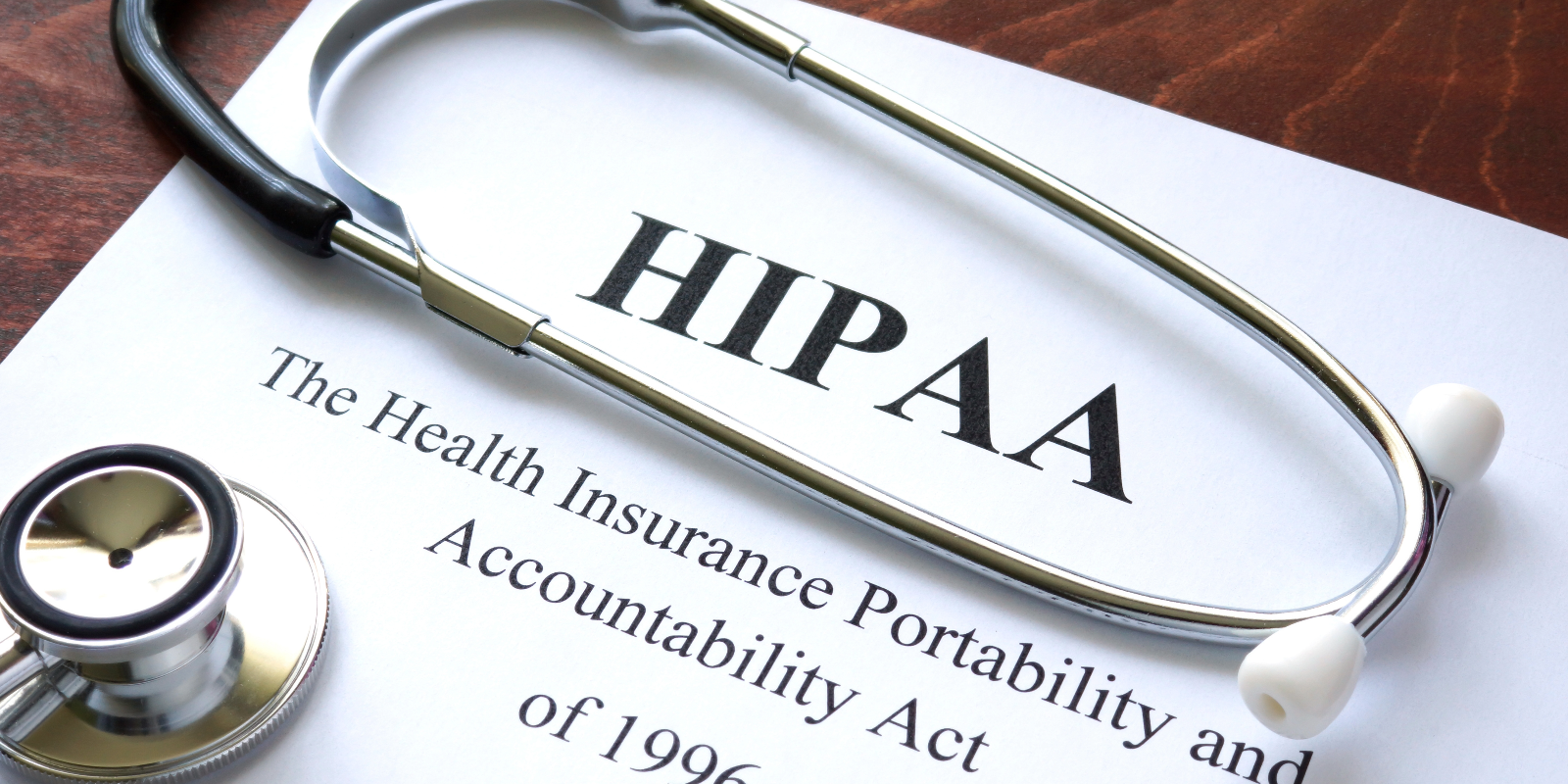
In the realm of healthcare, safeguarding patient privacy and preventing inadvertent disclosure of Protected Health Information (PHI) stand as non-negotiable priorities. Creating a secure environment where confidential conversations stay private is instrumental in both upholding patient confidentiality and adhering to the stringent regulations imposed by the Health Insurance Portability and Accountability Act (HIPAA).
Sound masking, a technology that generates subtle background noise, emerges as a pivotal tool in achieving these objectives. By introducing a masking sound that obfuscates conversations, sound masking enhances privacy, security, and the overall environment for both patients and healthcare professionals. This article will delve into the myriad advantages of sound masking in mitigating accidental PHI disclosures, HIPAA violations, and nurturing secure and comfortable healthcare facilities.
Understanding Incidental Disclosure
Incidental disclosure in healthcare settings refers to the unintentional exposure or release of PHI during the provision of healthcare services. It transpires when PHI becomes accessible to individuals not directly involved in the patient's care, without the patient's consent or authorization. Insufficient acoustic conditions, such as thin walls in closely situated rooms, contribute to incidental disclosure.
In healthcare facilities where patient rooms, consultation areas, or workspaces are closely juxtaposed, sound readily traverses spaces. Thin walls and inadequate sound insulation further amplify the transmission of conversations, discussions, or medical information, elevating the risk of unintended PHI disclosure. Sound behaves akin to water, always seeking passage from one space to another.
This lack of acoustic privacy poses a substantial threat to patient confidentiality and can result in violations of HIPAA regulations. Therefore, healthcare organizations must acknowledge the importance of proper acoustic design and adopt measures to minimize the potential for incidental disclosure. Implementing soundproofing measures, utilizing sound-absorbing materials, and deploying sound masking systems can collectively curtail the risk of unintended PHI disclosure. These measures culminate in a more secure and confidential environment that ensures the sanctity of sensitive patient information.
Decoding HIPAA Violations
HIPAA, the Health Insurance Portability and Accountability Act, enacted in 1996 in the United States, establishes standards and regulations to protect the privacy, security, and confidentiality of individuals' health information. It applies to healthcare providers, health plans, and business associates handling PHI.
HIPAA violations manifest when there is a breach of the privacy, security, or confidentiality provisions outlined in the HIPAA regulations. Incidental disclosure, as previously noted, qualifies as a form of HIPAA violation. Common examples encompass:
-
Overheard Conversations: Healthcare professionals discussing patient information in public areas or within earshot of unauthorized individuals, like hallways, elevators, or waiting rooms, where others can overhear.
-
Shared Workspaces: Healthcare providers leaving patient records or sensitive information visible and accessible to unauthorized individuals in shared offices.
-
Electronic Communication: Sending unencrypted emails or text messages containing PHI, susceptible to interception or access by unintended recipients.
Healthcare professionals and organizations must demonstrate vigilance in safeguarding patient information. Incidental disclosures must be minimized and prevented to maintain compliance with HIPAA regulations and uphold patient confidentiality.
Preventing Incidental Disclosure and HIPAA Violations
Here are key measures to prevent incidental disclosure and HIPAA violations:
-
HIPAA Training: Ensure all staff members receive regular HIPAA training to foster understanding of the rules and regulations surrounding PHI and incidental disclosure.
-
Limit PHI Access: Restrict access to PHI to individuals who require it for their job responsibilities, granting access on a need-to-know basis.
-
Encrypt Electronic PHI: Electronically stored PHI should be encrypted to safeguard it from unauthorized access or disclosure.
-
Secure Messaging: Use secure messaging platforms for PHI-related communication, accessible only to authorized personnel.
-
Secure Disposal: Properly dispose of PHI, including shredding or securely deleting electronic PHI, preventing access by unauthorized individuals.
-
Physical Security: Implement physical security measures such as locked doors and cabinets to deter unauthorized access to PHI.
-
Audit Logs: Regularly review audit logs to ensure inappropriate access or disclosure of PHI has not transpired.
-
Limit Conversations: Refrain from discussing PHI in public areas to preempt incidental disclosure.
The Crucial Role of Sound Masking
Sound masking assumes a pivotal role in preventing incidental disclosure and HIPAA violations by offering an effective, easily implemented solution. While other measures, such as physical barriers and confidentiality policies, are important, sound masking adds an extra layer of protection, ensuring patient privacy and compliance with HIPAA protocols.
Sound masking combats this risk by introducing a gentle, ambient background sound that obscures conversations. By elevating the ambient noise level, it becomes significantly more challenging for conversations to be understood or overheard. Lencore’s sound masking solution is meticulously designed to envelop the speech spectrum, making it arduous for human ears to decipher conversation content. This provides a substantial safeguard against incidental disclosure, even if conversations are inadvertently transmitted, rendering them unintelligible to unintended listeners.
What further distinguishes sound masking's effectiveness is its ease of implementation and cost-efficiency. It can be seamlessly integrated into existing healthcare environments without the need for disruptive renovations. With strategically placed speakers or in-ceiling emitters throughout the facility, the masking sound ensures uniform coverage and privacy in different areas. This renders sound masking a cost-effective and efficient solution for healthcare organizations looking to bolster patient privacy and prevent incidental disclosure without extensive structural modifications.
Incorporating sound masking, healthcare facilities proactively tackle the risk of incidental disclosure and reaffirm their commitment to patient privacy. It not only facilitates adherence to HIPAA regulations but also fosters a more secure and confidential environment, instilling trust and confidence in the healthcare system. The adoption of sound masking underscores a dedication to protecting sensitive information and reinforces healthcare providers' ethical responsibility to safeguard patient confidentiality.
Related Blog Ariticles
Enhancing Healthcare Environments with Sound Masking Technology
Information Security Isn't Just for Computers
How Much Does Sound Masking Cost?
How Healthcare Facilities Leverage Emergency Notification Systems
Creating Acoustic Privacy In Healthcare Environments


